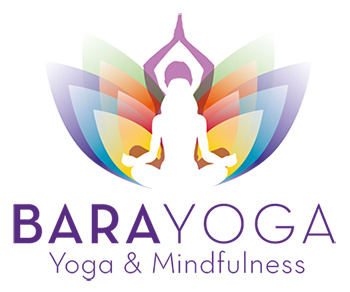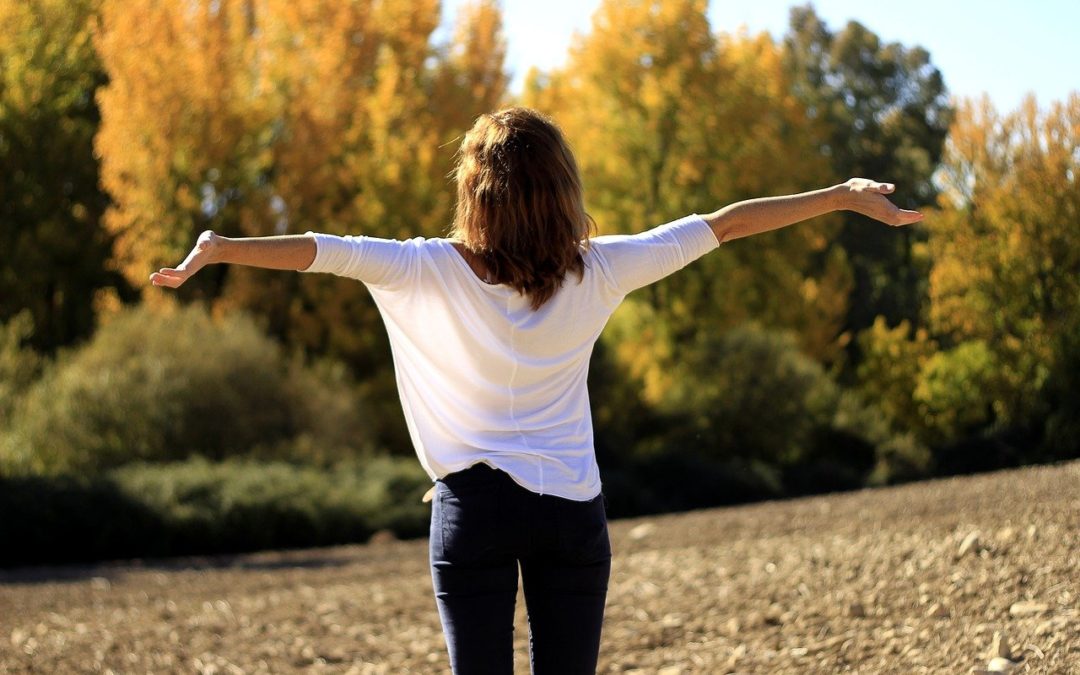In the 21st century, it seems that we have not learned to breathe properly. We tend to do it through our mouths and almost always in a hurry, driven by the hustle and bustle of our frenetic daily lives. Perhaps we are not aware of it, but we have a limited number of breaths during the transit of life. The great yoga master B.K.S. Iyengar believed that the yogi’s life is not measured by the number of days, but by the number of his breaths. If we inhale badly and hastily, we not only stimulate stress, altering the nervous system, but we will also reduce our life span.
Studies have shown that the optimum breathing rate is between five and nine breaths per minute, but we usually take between twelve and twenty.
That is why those who practise yoga learn to reduce the amount of air they breathe in while at rest, through techniques called pranayamas. These are practices as simple as inhaling and exhaling long through a single nostril, dividing the breath into four phases: inhalation/breathing in with air/exhalation/breathing out without air. We have an article in which we talk exclusively about this technique, read it here.
The truth is that the more deeply and gently we breathe, the slower our heart beats and the calmer we become. When we do it briefly and in a hurry, we get upset and alarms are triggered that wear out our organism. Good breathing brings health benefits, stamina and longevity. The air we breathe is involved in digestion, mood and heart rate, determining when we are excited or relaxed. For all these reasons, breathing is the best tool for calming the mind and prolonging life. Here are some tips on how to learn to breathe better.
1) Breathe less and slower
As we explained earlier, a high breathing rate stimulates stress and punishes all your cells. Ideally, between five and nine breaths per minute, and to achieve this, it is advisable to rest and not get too excited about things. It is precisely when worries and problems arise that the frequency of breathing increases significantly. For this reason, we must learn how to remain calm in certain situations, so as not to damage our system.
2) Always breathe through the nose
Breathing through the mouth is not healthy. It happens to many of us while we sleep, causing snoring and even apnoea. If we keep our mouth open to breathe we can absorb toxins, that is why the proper breathing is always through the nose. In this way we expand the lungs, the rib cage and widen the airways. Breathing through the mouth causes the body to lose forty percent more water, which leads to dryness.
3) Breathe out long and slow
Proper exhalation is of vital importance, as failure to do so leads to short breathing, which requires many inhalations that consume and accelerate. Exhalation is the elimination energy that releases toxins and everything we don’t need. By exhaling deeply we can also let go of unwanted thoughts, release emotions and help to empty our body completely. We exhale carbon dioxide and inhale oxygen.
4) Air-holding-Expand
Practising air-holds like scuba divers do, helps to expand lung capacity. The expansion of the rib cage is also important to be able to store more air. All this makes us healthier because we take in more air and distribute it properly. Holding the breath with or without air in it also brings control and pause in breathing. It can also be a method to combat panic, anxiety and fear-related conditions.
5) Fresh air
Getting fresh air is a good practice. Fortunately, we pay more and more attention to air quality every day, aware of the high levels of pollution we suffer from in cities. The air is cleaned after the rain, but when it doesn’t come, we have to look for outlets where we can breathe fresh air.
6) Exercise
Practising sports, going for a run or a walk keeps us active and stimulates our circulatory and respiratory system. If we become sedentary, the body becomes stagnant and clogged, so that the quality of breathing worsens. We need to get out and exercise to stay dynamic, active and healthy. The air we breathe is also the nectar that nourishes our joints and expands our muscles to make them more flexible.
Apart from these tips, you can do exercises such as Square Breathing or Fire Breathing to improve your breathing technique. We have several posts in which we explain how to do them, and thus improve our breathing. Read here the entry on Square Breathing, and here the one on Fire Breathing.
#breathing #wellbeing #yoga
Source: La Vanguardia


Recent Comments